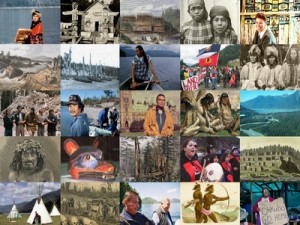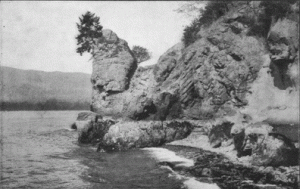http://www.abheritage.ca/eldersvoices/voices/index.html
After responding to week 8’s question about technology and the role of the elder, I went online to search for links in this area, and came across this website. My thinking has certainly changed, as the first thought to cross my mind was “who authored this site”, then “what was their motive” and “what biases might they have carried if they were not representing themselves on this site”. The site deals with projects that explore the tradition of storytelling and how technology might help preserve what has been eroded away. It appears that this project team has been dismantled but there are still many audio and video links of elders sharing stories and experiences in many areas.
“As one explores these video and audio segments, one will see the faces, the gestures, and the expressions that will enrich the meanings of the words one hears.” (quote from the website)


